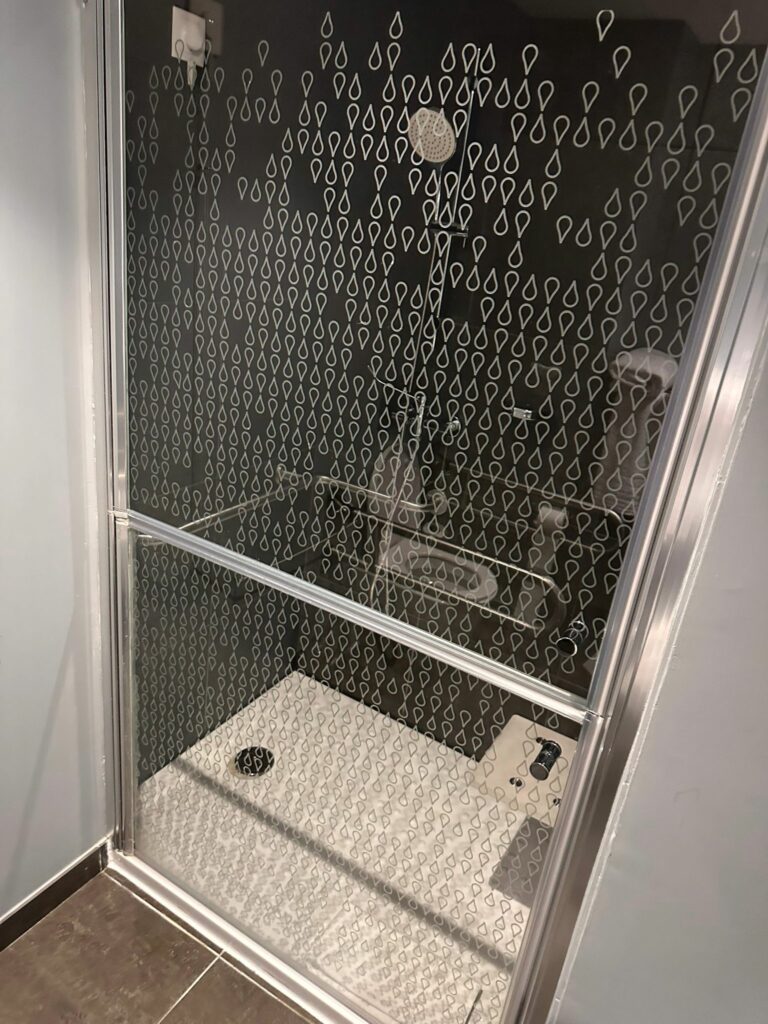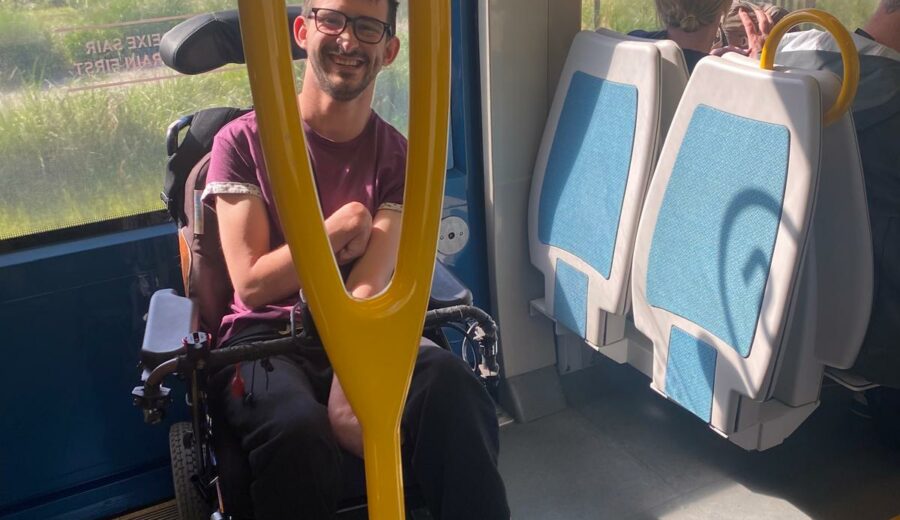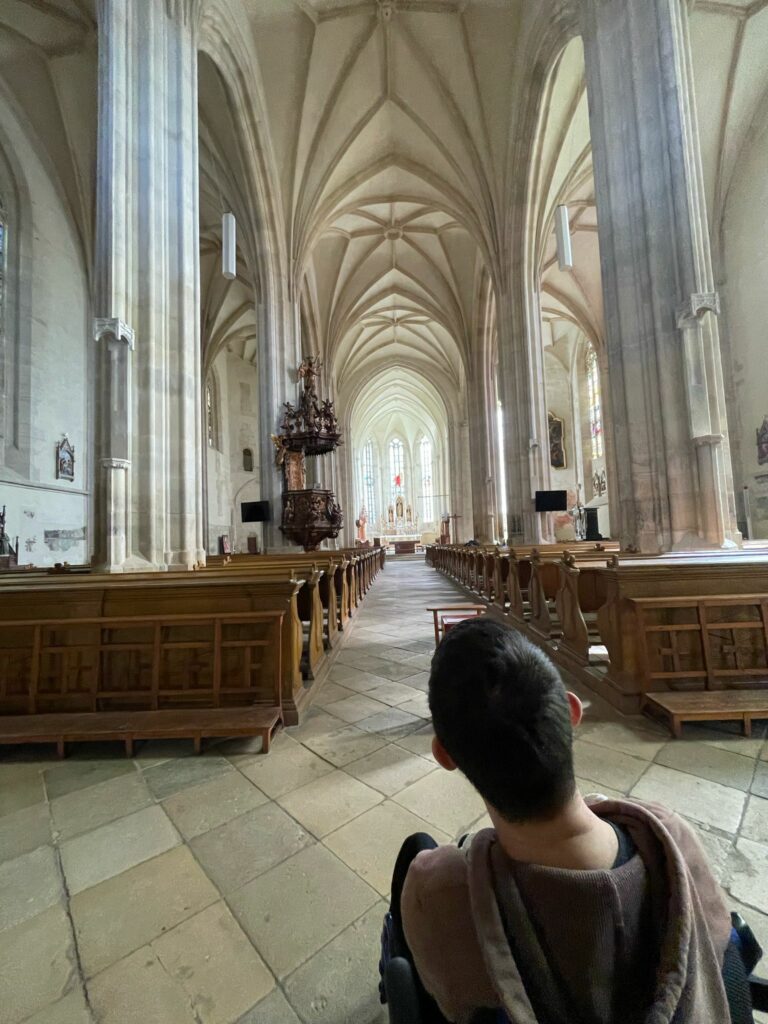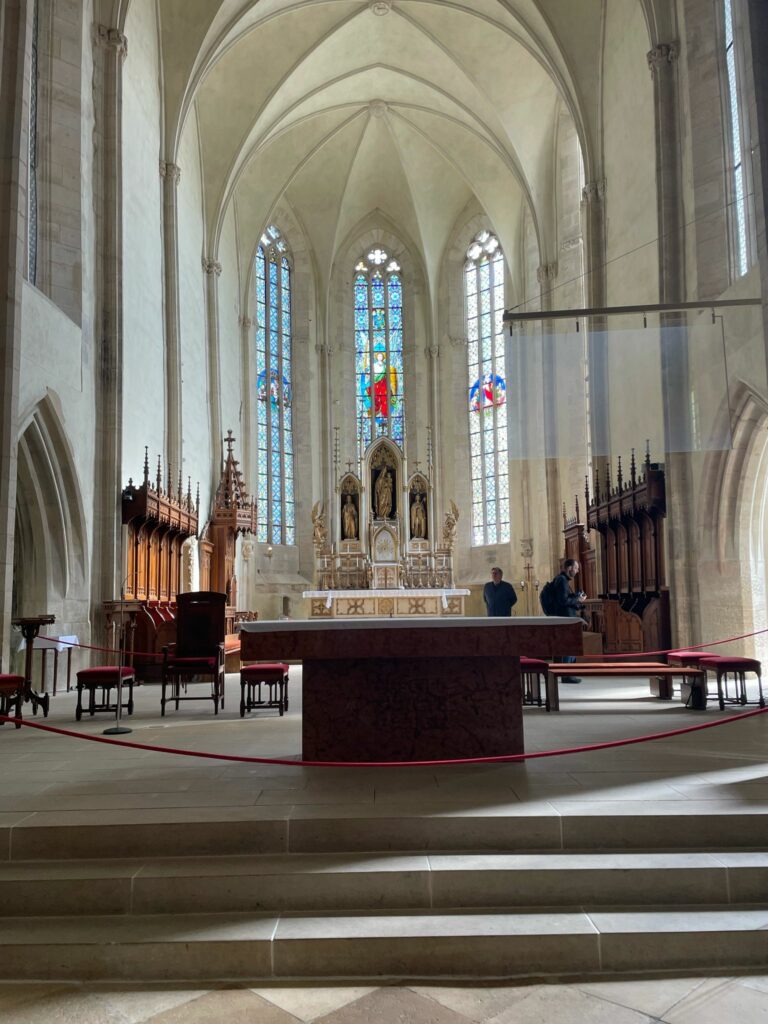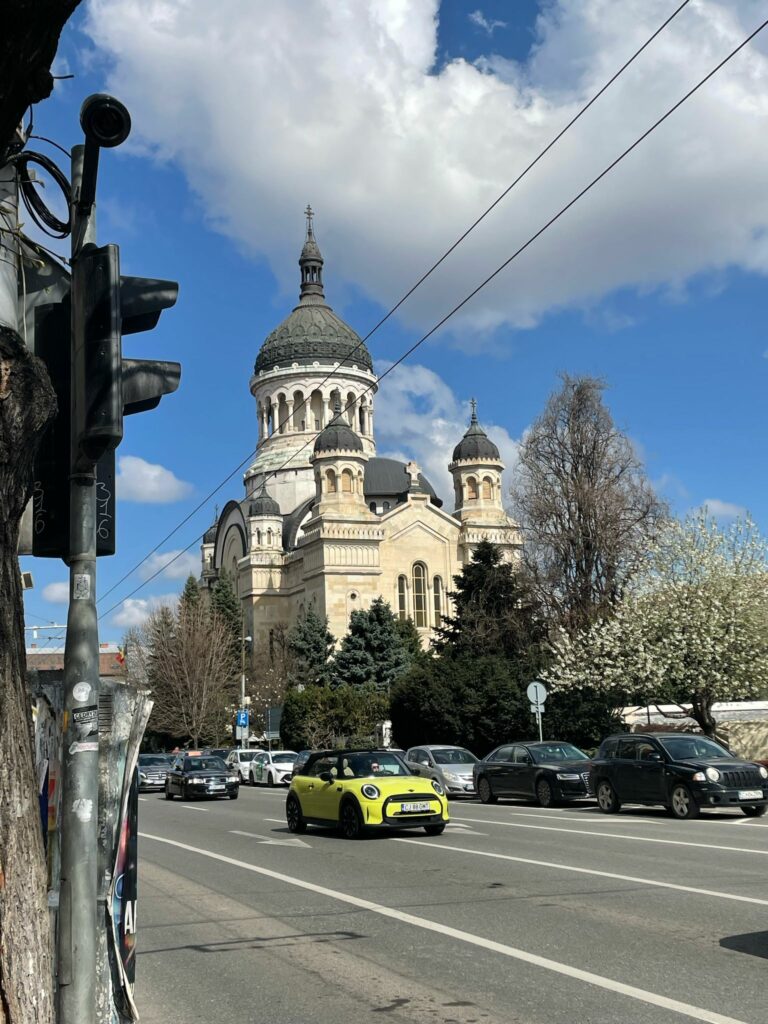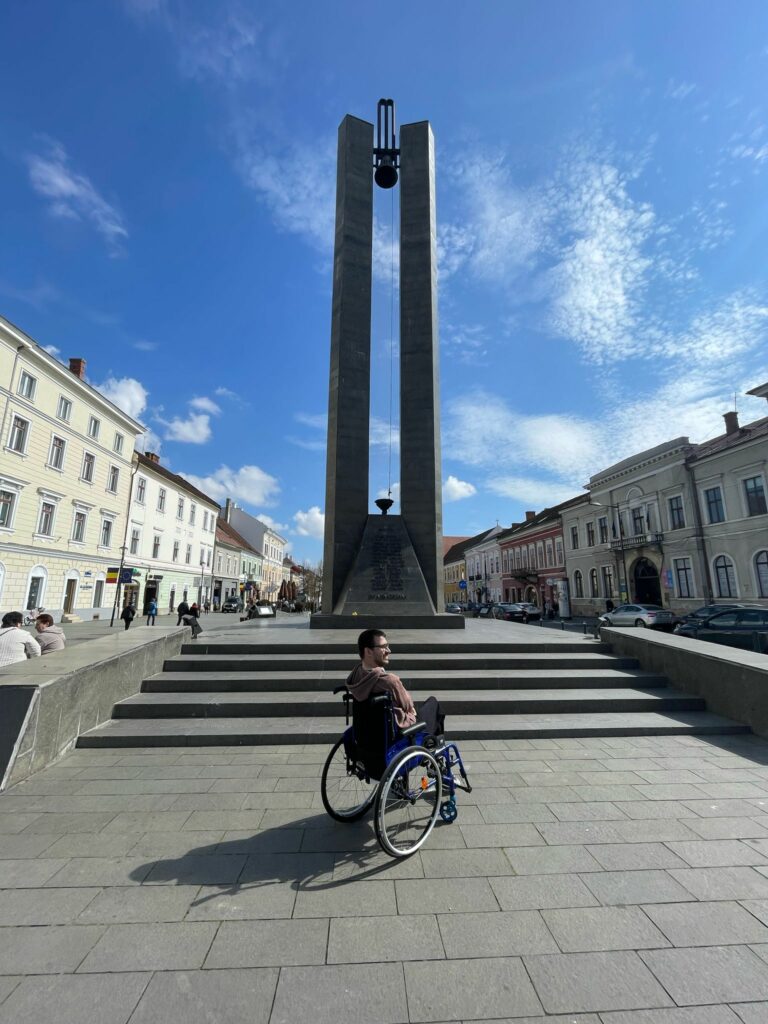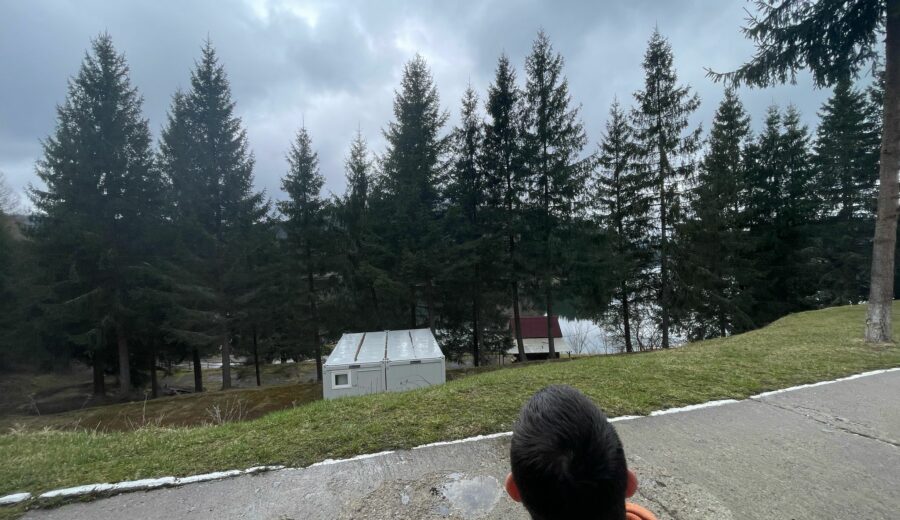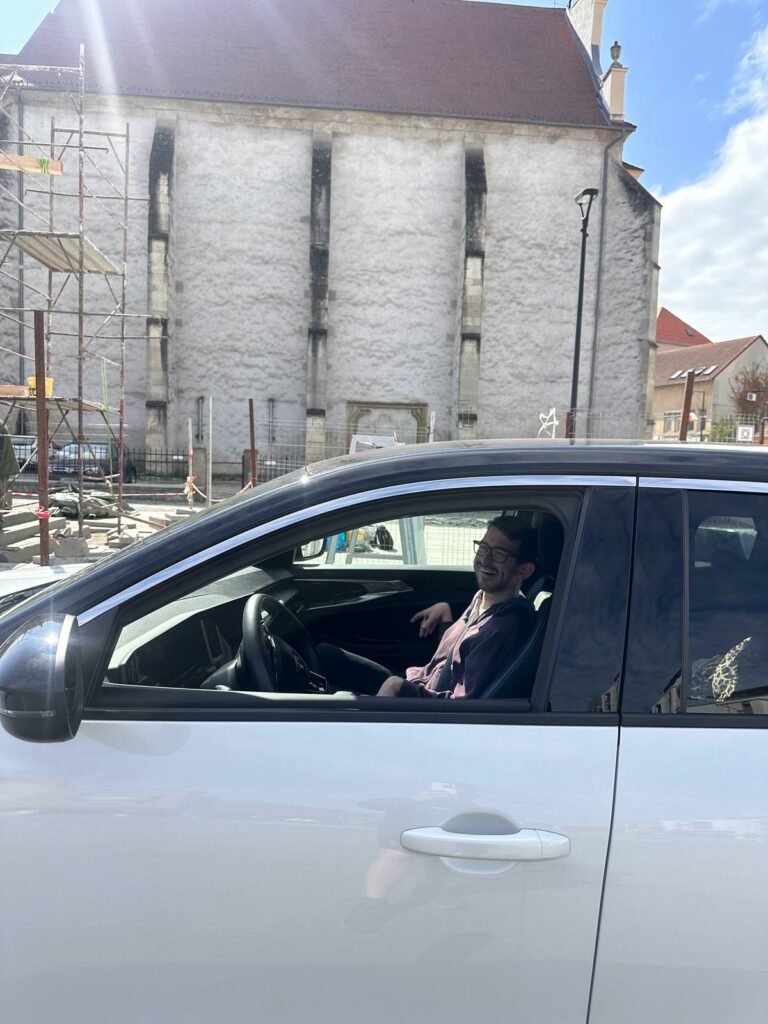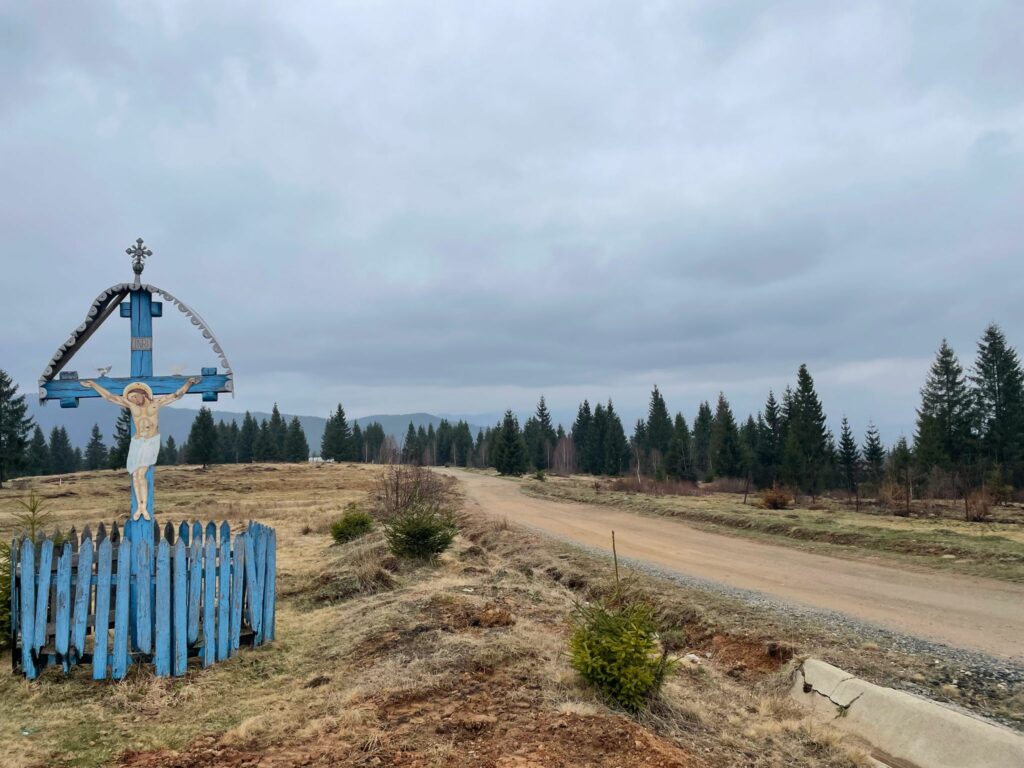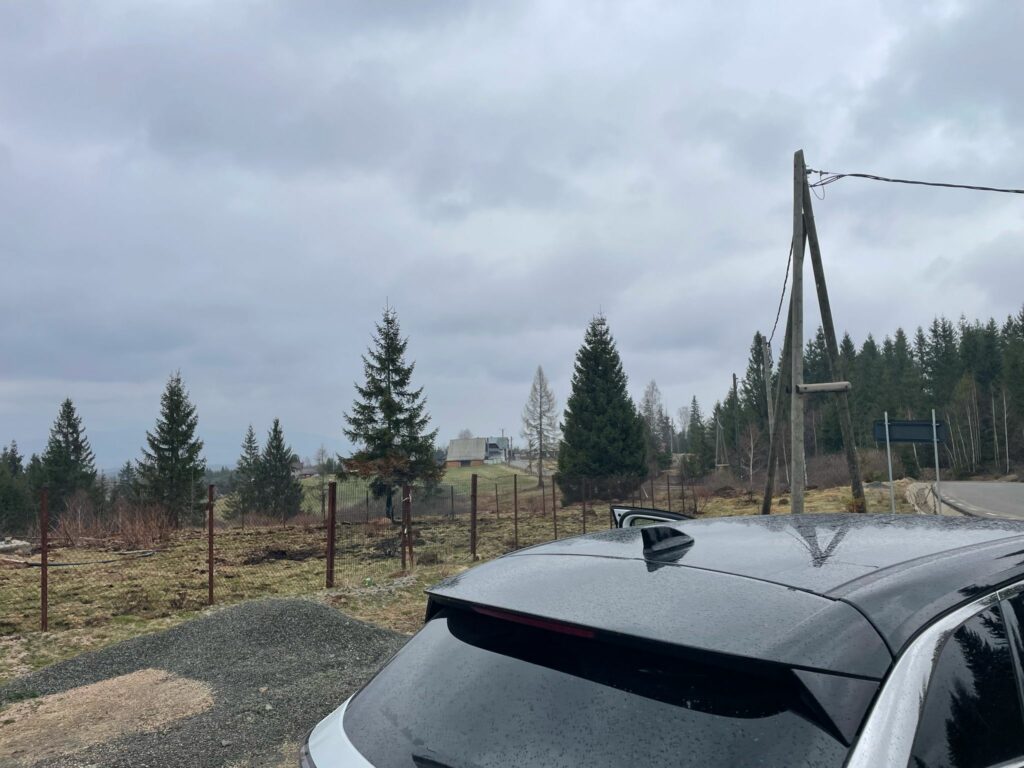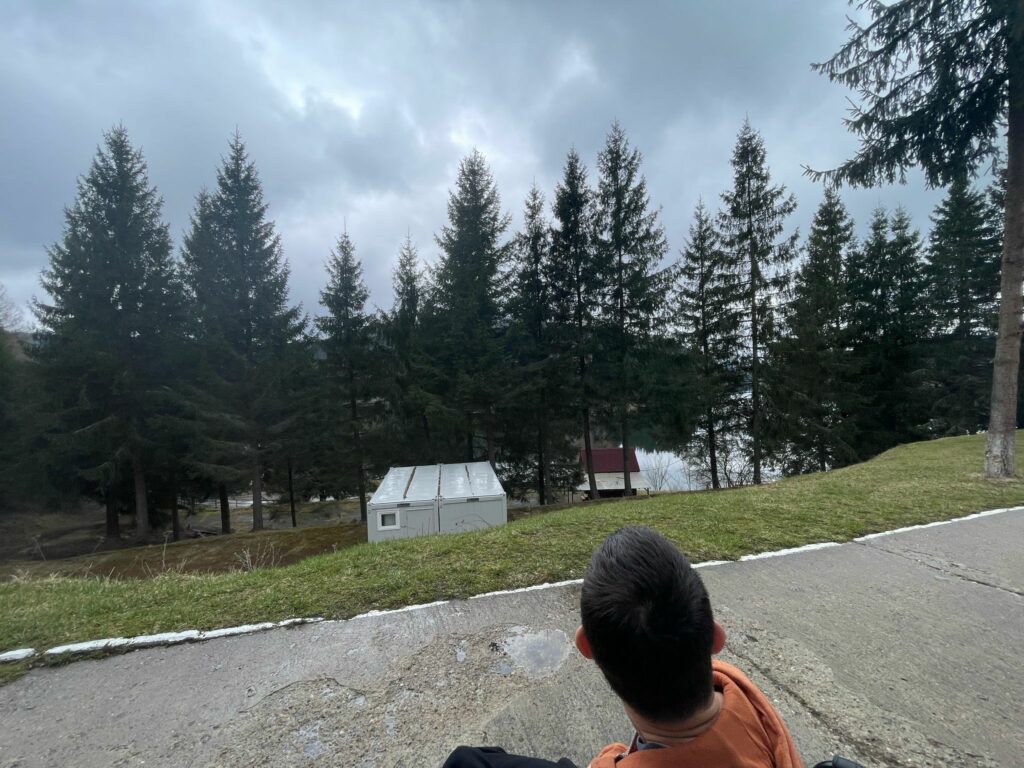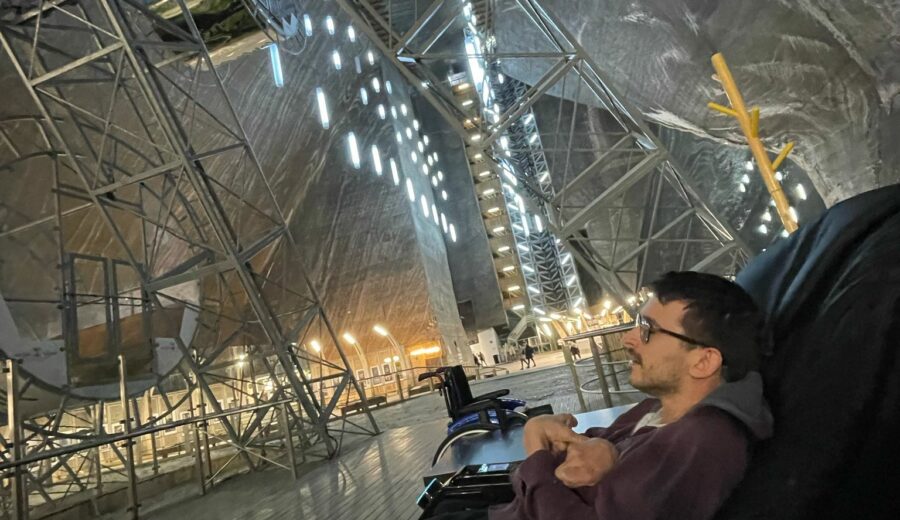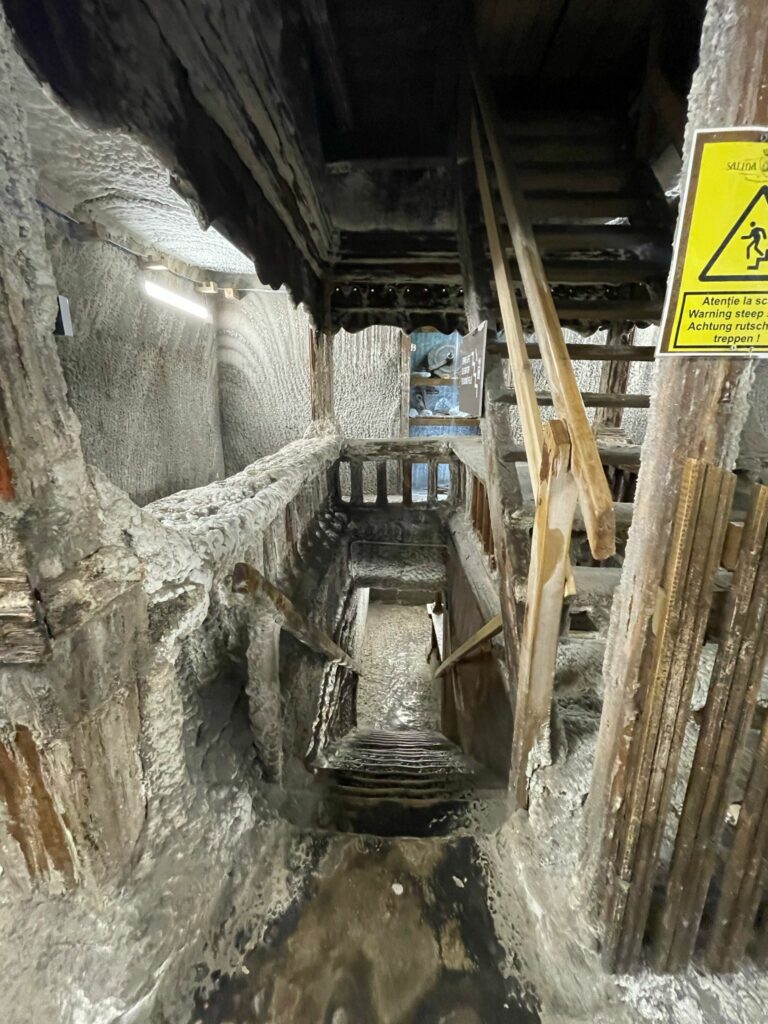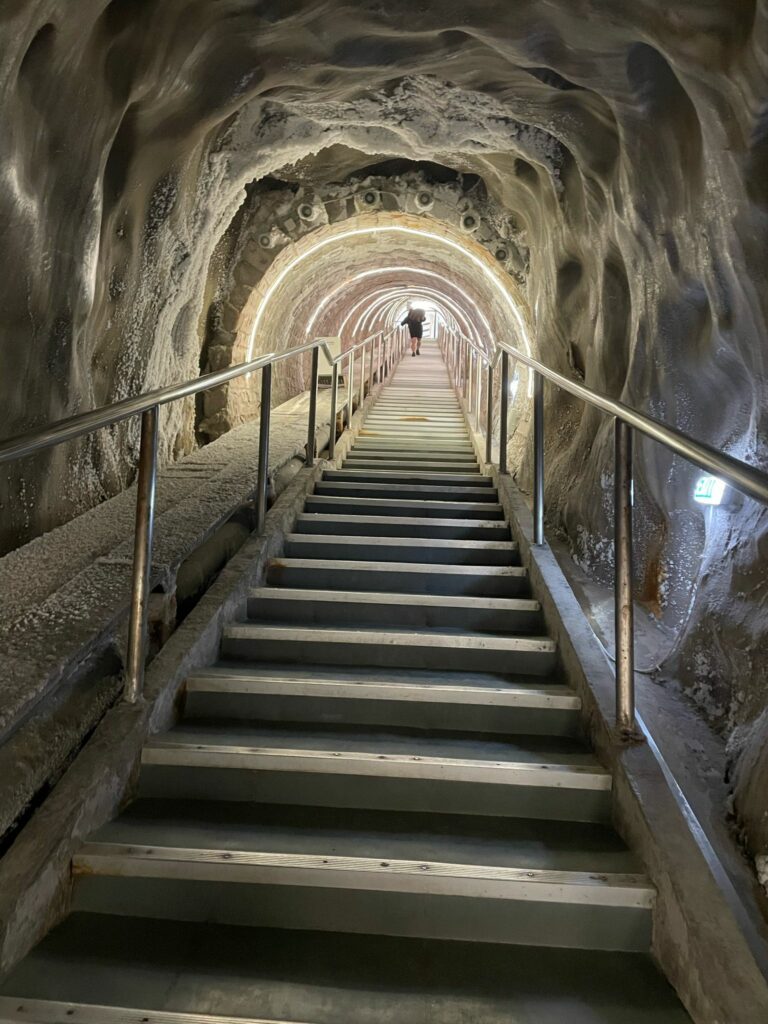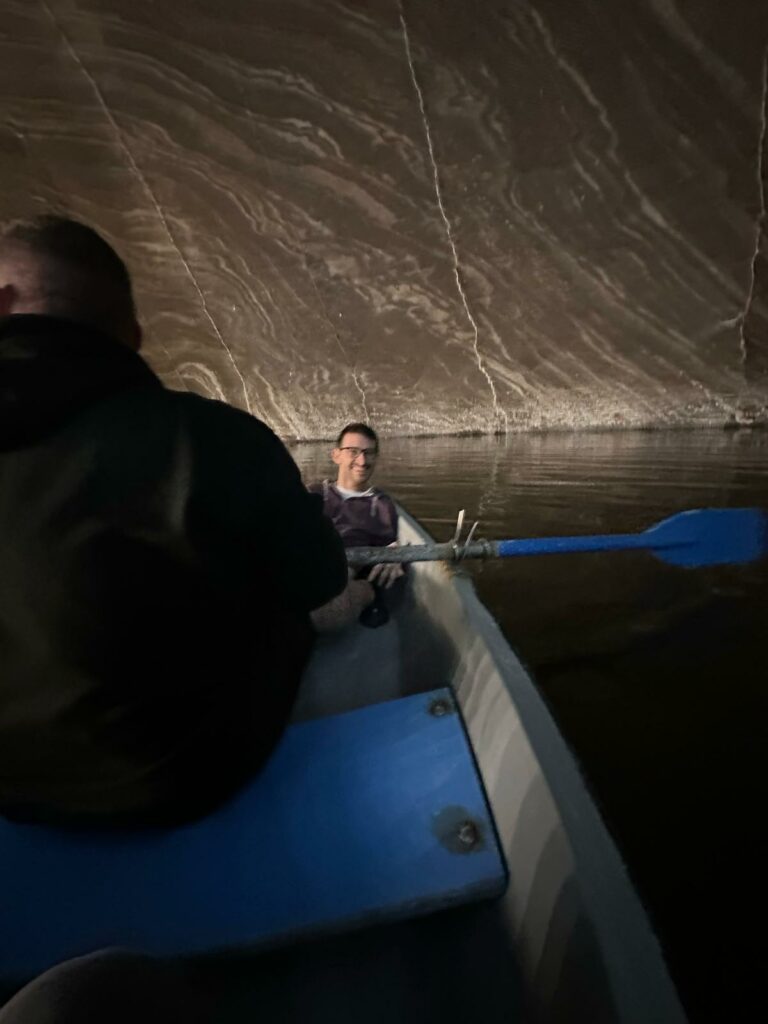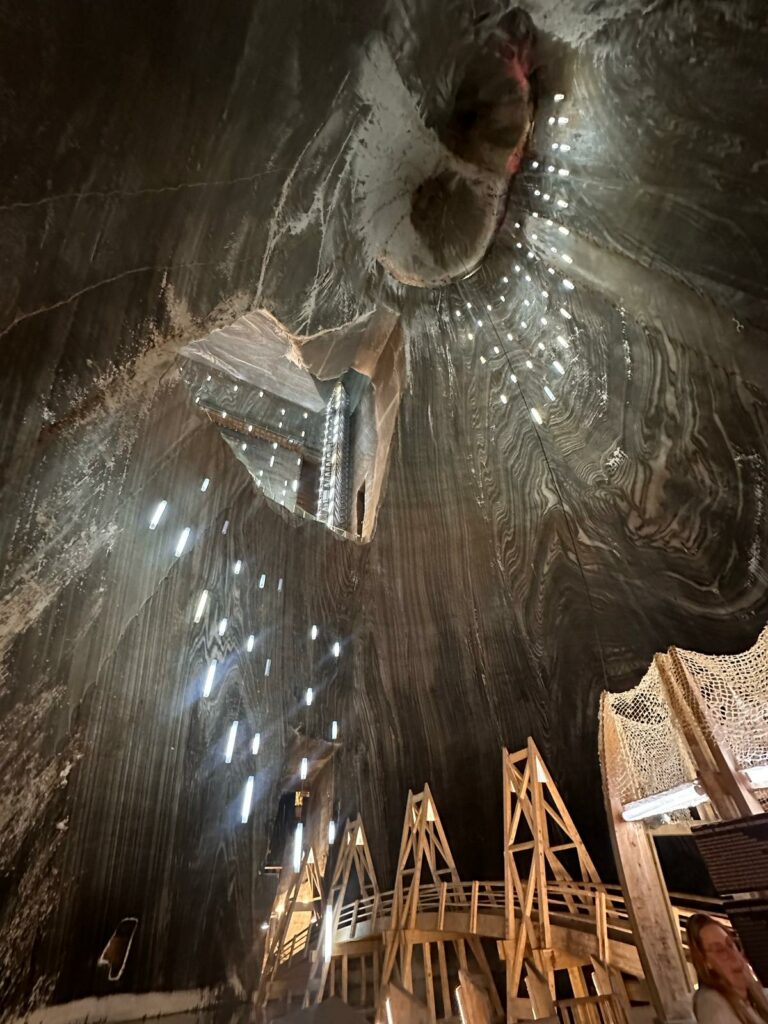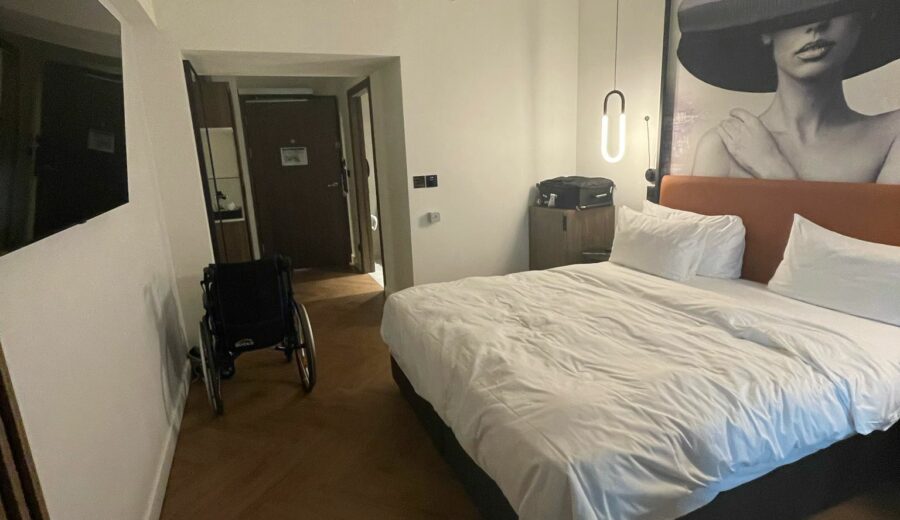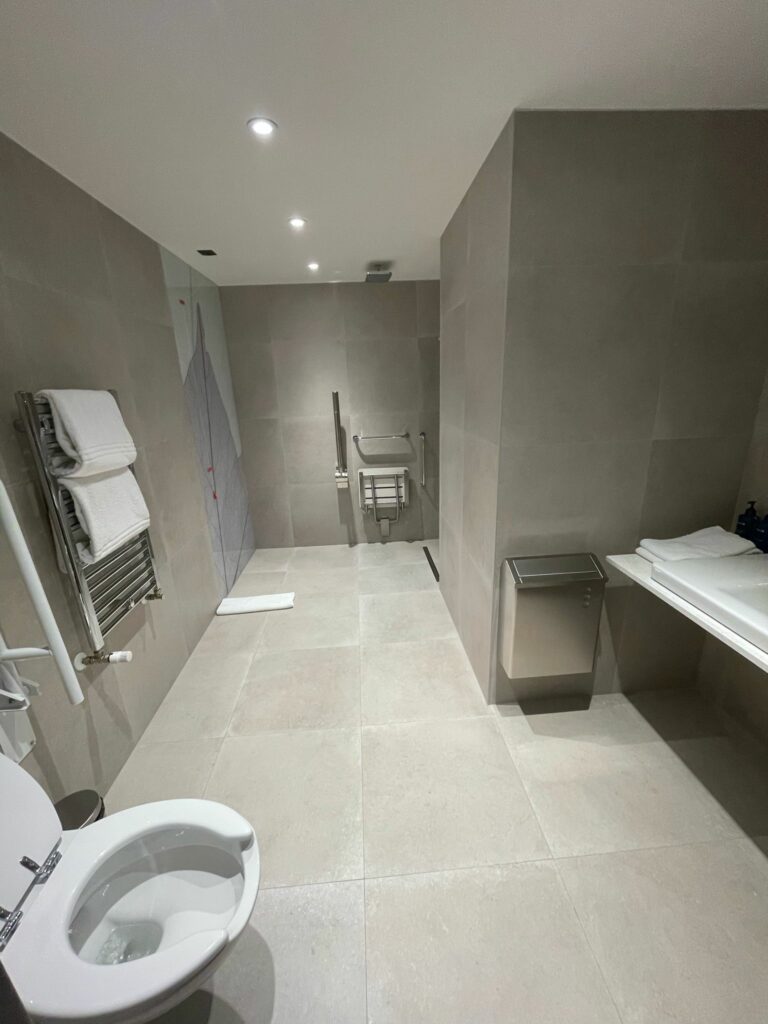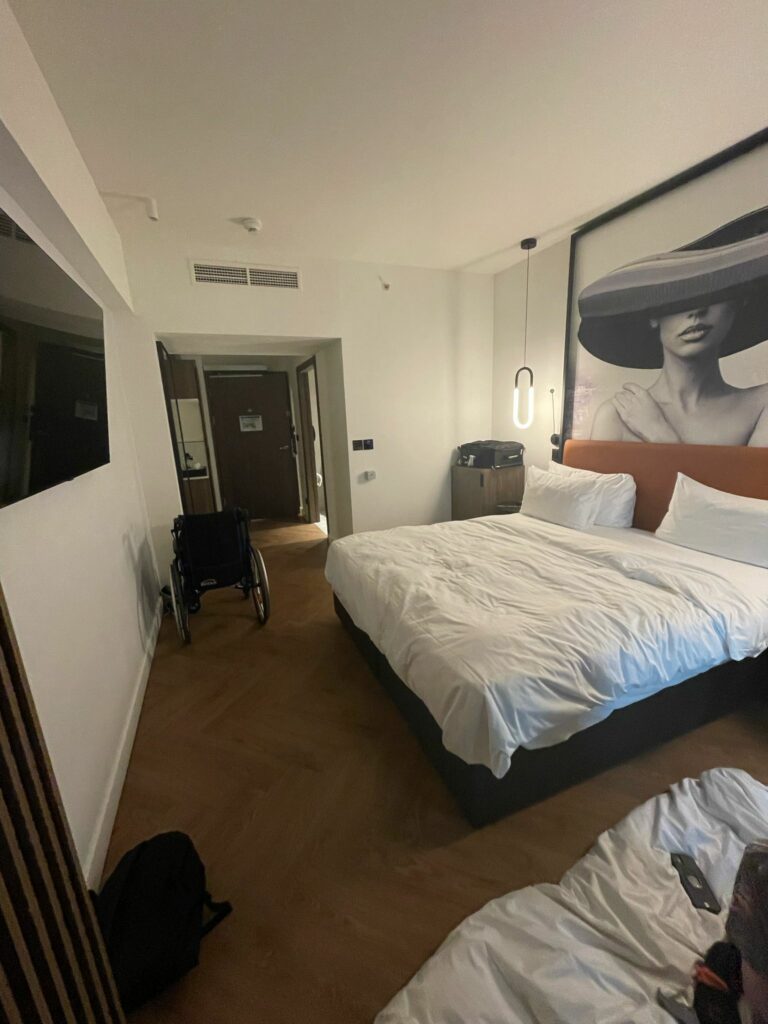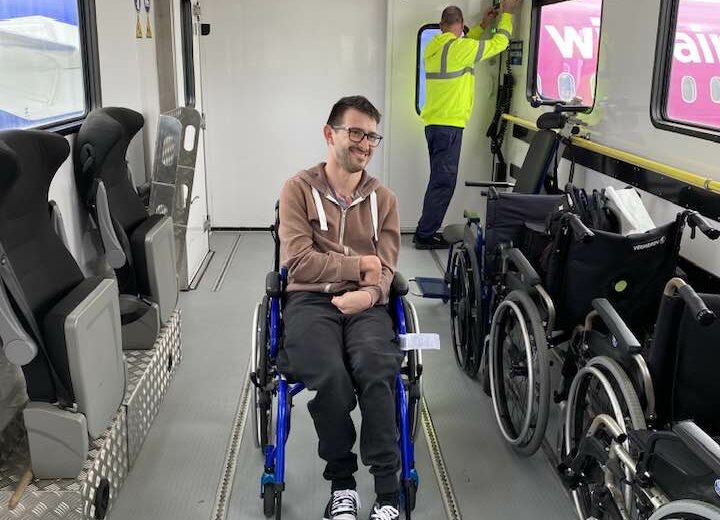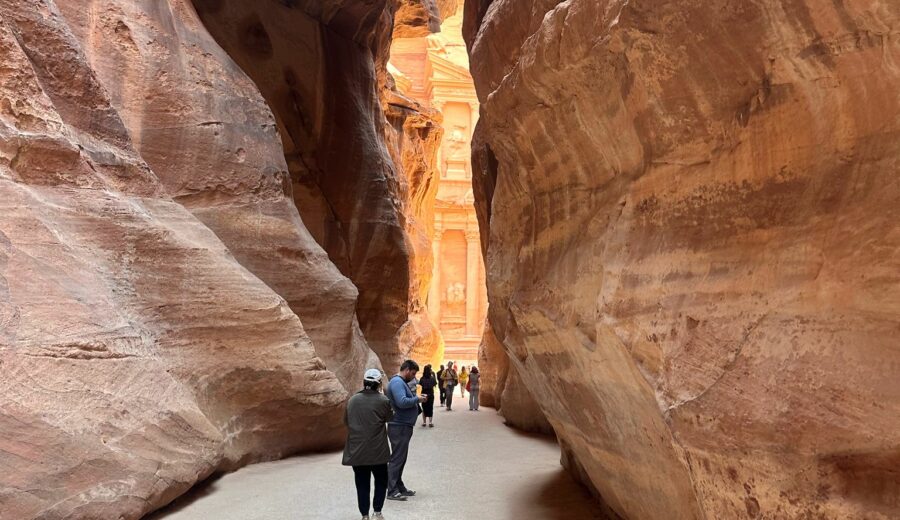Day 2 (Porto) – Landmarks and Bridges
Although Porto is a very walkable city, one must say that the centre is rather hilly hence it is prudent to plan around this. Coincidentally, the Stay Hotel is located atop of a hill hence it was possible for one to take in some of Porto’s famous landmarks whilst on the descent towards the River Douro…


Although Porto’s São Bento station is a mainline railway station, it is also a prime example of ajulejo architecture. As of May 2025, the exterior is under renovation, however, it was delightful to see the ‘accessible’ entrance clearly signposted…

One of the icons of Porto is the Luís I Bridge which spans the River Douro connecting the city with Vila Nove de Gaia. In addition to a roadway, the bridge also carries a section of the Porto Metro and a pedestrian walkway providing panoramic views of the city…


As the images above suggest, the walkway may be a little narrow for wheelchair users, however, it is possible to use the metro tracks when no vehicles are present.
When one crosses over to Vila Nove de Gaia, the quickest and easiest way to its centre is to use the Gaia cable car. It is worth noting that the area also contains unassuming steps hence the system is a great avoidance tactic.
The Gaia cable car is fully accessible for wheelchair users equipped with ramps, elevators and cabins wide enough for the majority of wheelchairs…


N.B. It’s also necessary for the system to stop completely before one can board, much safer than this running and jumping business!



